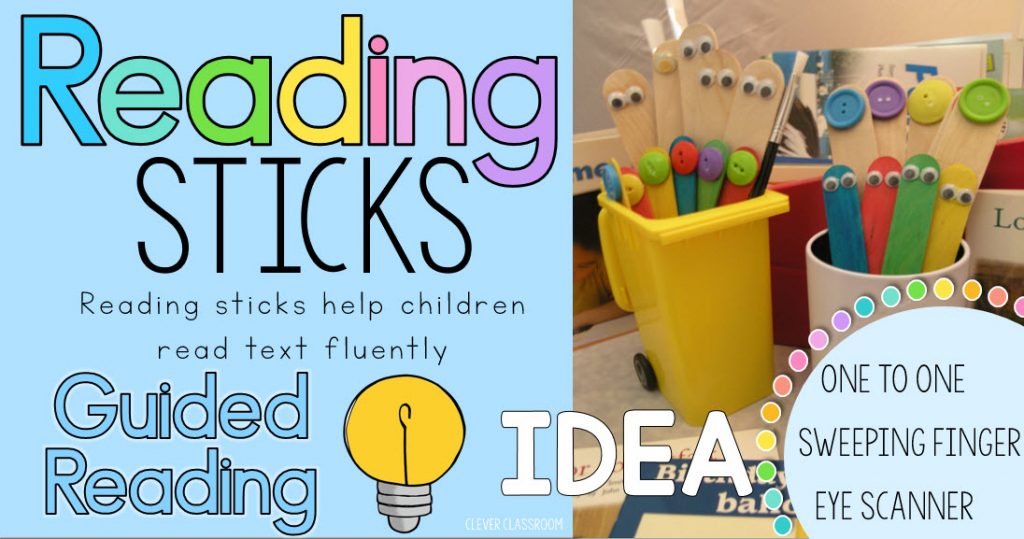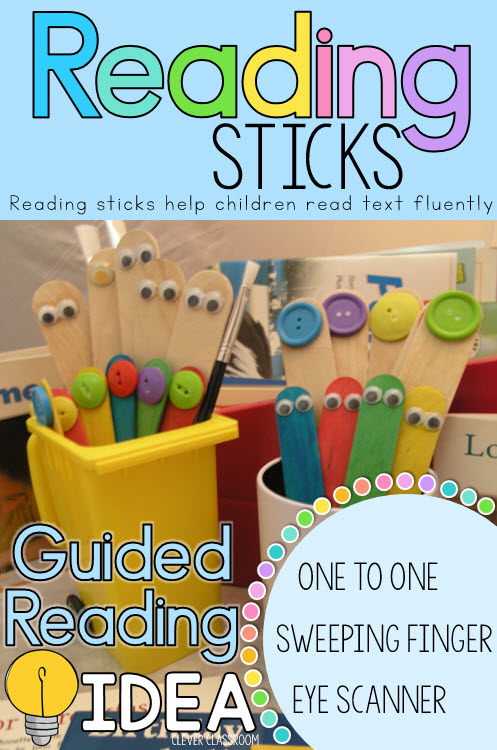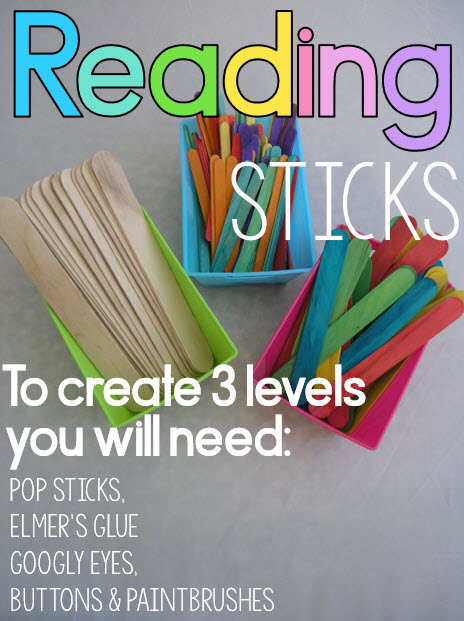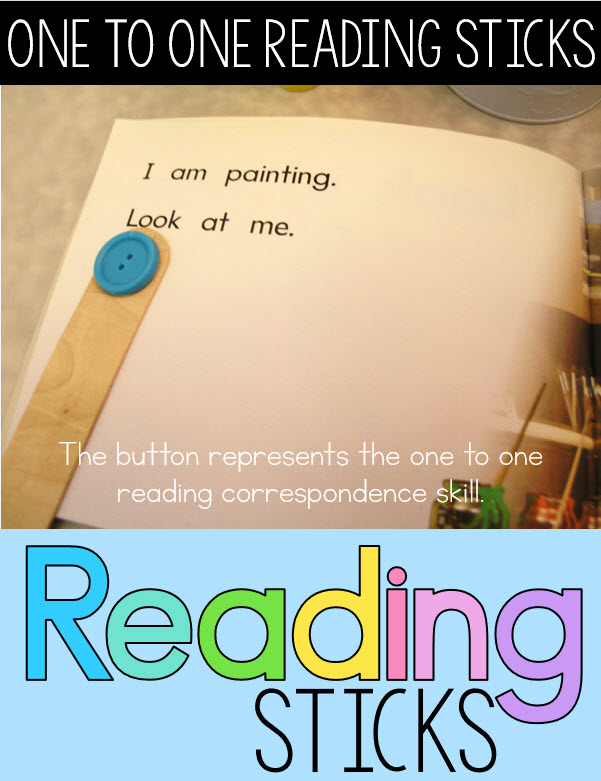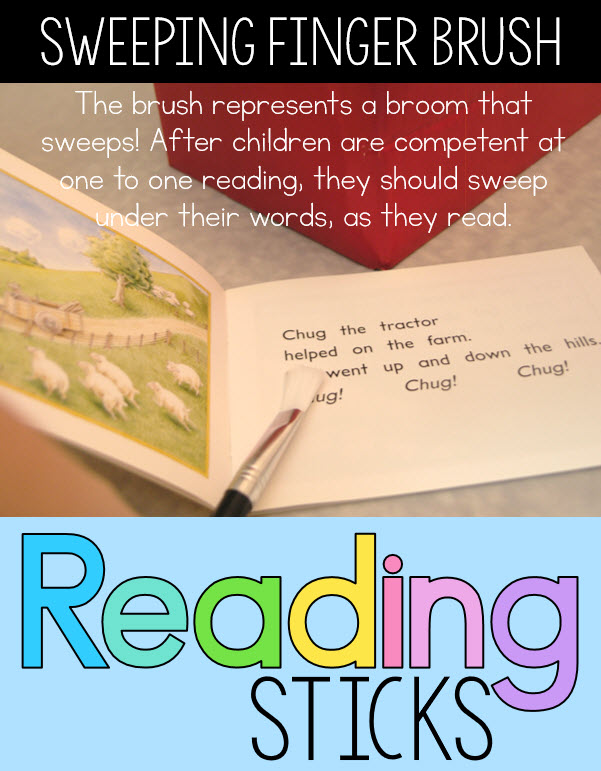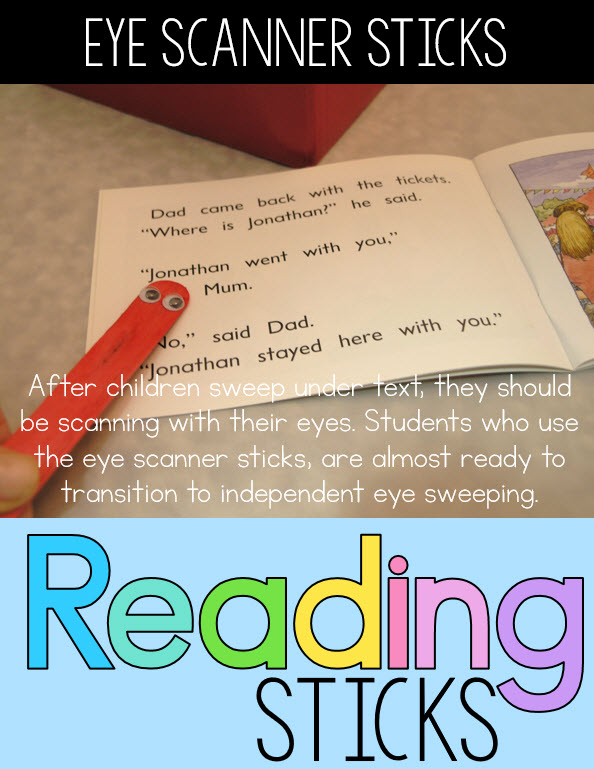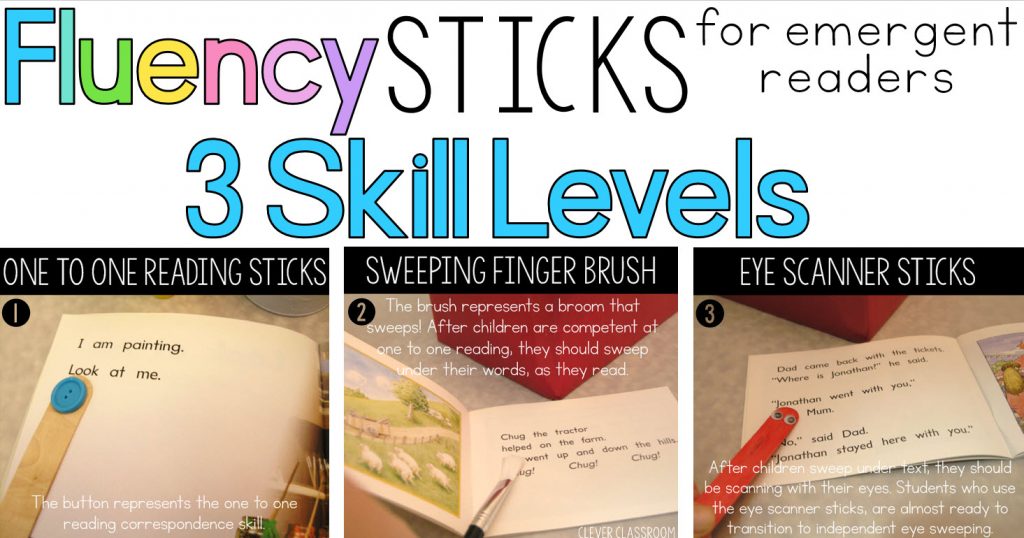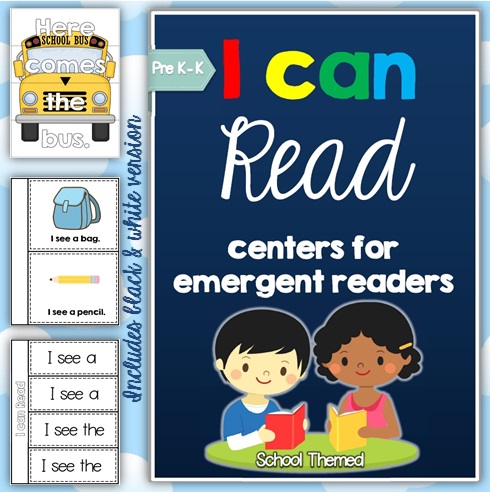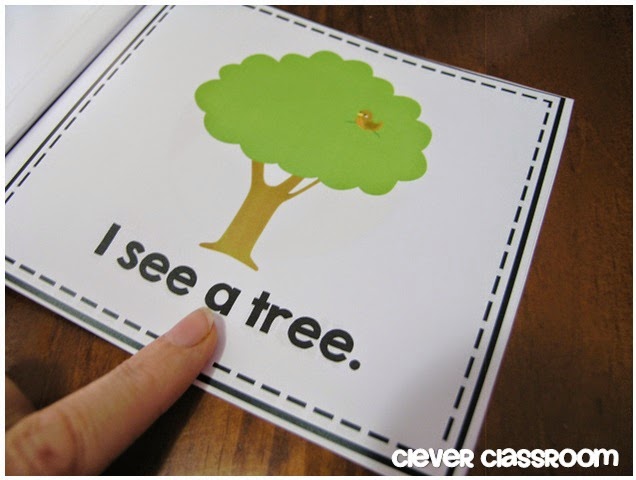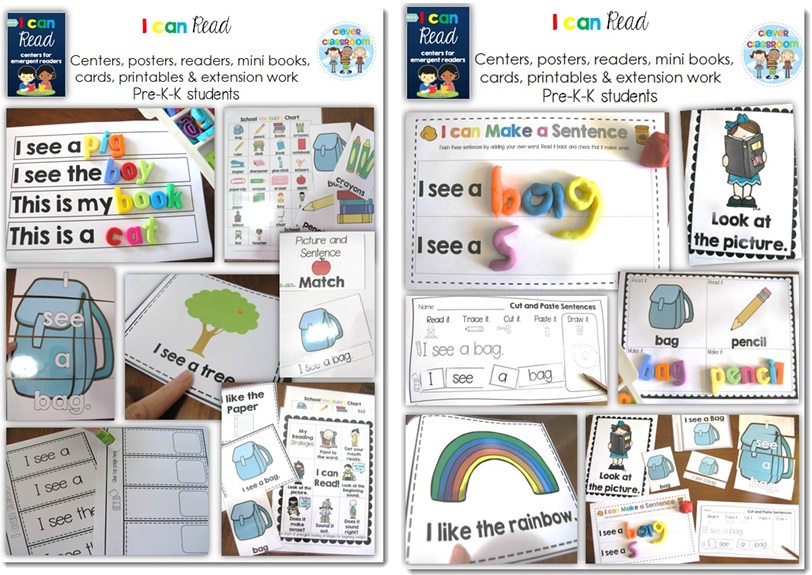When dealing with negative behavior in my classroom, I love to make sure I have a lot of ideas in my back pocket to pull out and change what I don't like. Here are 6 things I do that you may want try out and add to your arsenal management techniques!
1. Make a weekly behavior chart and allow the student to come up with their own behavior goal.
Meet with the student frequently to find out how they think they're doing. Ask their input about how you can help them reach the goal they set.
2. Choose a responsible peer to partner up and be a role model for their classmate. The student with negative behavior must be willing to accept encouragement and direction from their peer. The peer must realize they are NOT in charge, they are simply helping. This has always worked great in my classes! (As long as the responsible one isn't taken to the dark side in the process)
3. Leave positive notes for your student to start the day off right! Yes, maybe they ended the previous day by not completing any assignments, and refusing to follow directions, but today is a new day! Let them know you still believe they can change, and that a new day can be their new start.
Handwritten notes and a treat go a long way, too!
4. Have some behavior reports handy to document incidents in the classroom, and to involve the parents. (Just make sure this isn't the first time you communicate with them. Start off on a positive note.)
Having behavior reports really helps me to keep track of a student's repeated behavior. Sometimes looking over past reports helps me to recognize a pattern or even a trigger for certain behaviors. It also helps to involve the parents and show the student that you AND their parents are a team, and do not find their behavior acceptable.
These are also great to pull out at conferences if negative behavior persists. Sometimes the student and their parent don't realize how much of a problem there is until they see it right in front of them.
5. Make some incentive tickets! You know what your student likes. Make some behavior tickets that they will really want to work for. You can decide what it takes for them to earn one. Completing their writing assignment, not calling out the entire day, being respectful at Specials. Whatever you need to them to work on!
6. Make some badges for your students to sport! Chances are your student is acting out for attention. Train them to seek attention for positive behavior instead of negative. I let m student wear these badges and encourage their classmates, other staff members, and even the principal to ask them why they are wearing it, so they can proudly boast about the good choices they've been making!
I hope these ideas help you in the ways they've helped me out!
Have fun teaching- Naomi
For more ideas or for the resources shown click the links below!









